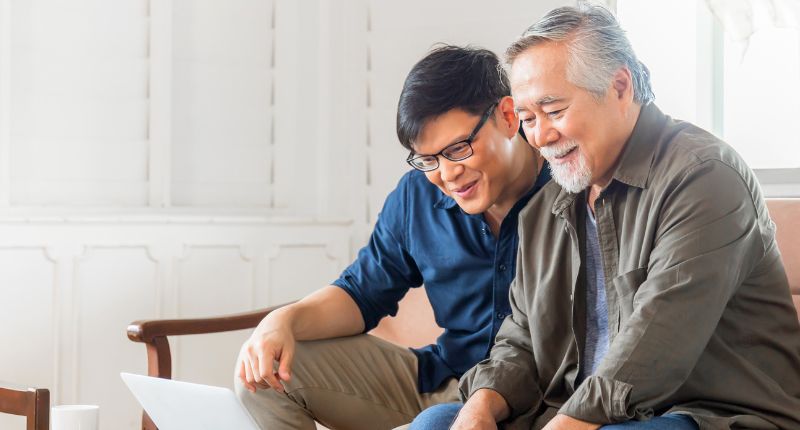
- Older Australians are being increasingly driven into expensive, private rental properties.
- Land lease, and shared equity mortgages are among potential solutions explored.
- Study proposes more flexible lending options catering to older Australians.
New research conducted by the Australian Housing and Urban Research Institute (AHURI) has uncovered that lower-income, older Australians aged 50 and above are increasingly forced into pricey and precarious private rental properties as they cannot access social housing.
Indeed, a significant 40% of older Australians living in Victoria, Queensland, and New South Wales rent private accommodation. Other research projects that almost 440,000 households may face housing instability by 2031.
The report, written by a team of researchers from RMIT University, Flinders University, University of South Australia, and Curtin University, aimed to investigate how Australia can offer alternative forms of housing to individuals in or approaching retirement who have yet to acquire affordable and secure housing.
Challenges lower-income older Australians face when seeking affordable housing
The research found three significant obstacles that lower-income older Australians encounter in the private rental market.
Namely, they often had lower educational attainment, were less likely to be employed, and were highly likely to live independently and need special housing modifications to manage existing health problems.
They prioritised homes that allow them to live the rest of their days in inexpensive, safe, accessible housing and neighbourhoods.
The study surveyed lower-income older Australians on seven different housing models, including mixed-use apartment buildings, cooperative housing, communal housing, transportable houses, two-bedroom units, dual-key properties and village-style housing.
Survey respondents preferred shared equity homeownership, cooperative housing, and transportable homes.
The authors comment that underlying the strong reception the shared equity homeownership model received is the idea that home ownership is the norm in Australia.
Alternative debt repayment models for older adults
While policymakers typically assume that older adults cannot service debt, a high proportion of this population who do not own homes and are unable to access social housing, have no choice but to spend the bulk of their income on private rental accommodation.
The report authors highlighted two novel and underexplored lending methods that they believe may help these older adults attain their dreams of home ownership — providing mortgages for land lease developments and shared equity mortgages.
Land lease homes
Individuals in a land lease home own the property but not the land itself, leasing it from another person or company. Because these homeowners technically do not own land, they may be eligible for Commonwealth Rent Assistance (CRA), which can help them with their expenses.
Report author, Dr Debbie Faulkner, says, “Not all buyers have sufficient cash to purchase a Land Lease home, but some could support a small mortgage as a way of obtaining security of tenure and preserving their capital.”
“However, banks rarely lend for this type of product. This refusal to provide mortgages was criticised as being inconsistent, as banks do lend for other depreciating assets such as cars,” Faulkner remarks.
Shared equity mortgages
A shared national equity scheme was first proposed by Grattan Institute economic policy director, Brendan Coates. Under this scheme, the National Housing Finance and Investment Corporation (NHFIC) will co-purchase up to 30% of a home’s price with a first-home buyer.
The remaining 70% required to purchase the home must be borrowed from a private lender, on condition that they have at minimum a 5% deposit. After that, should a buyer sell the house, the government is entitled to their share of the profits from the sale.







